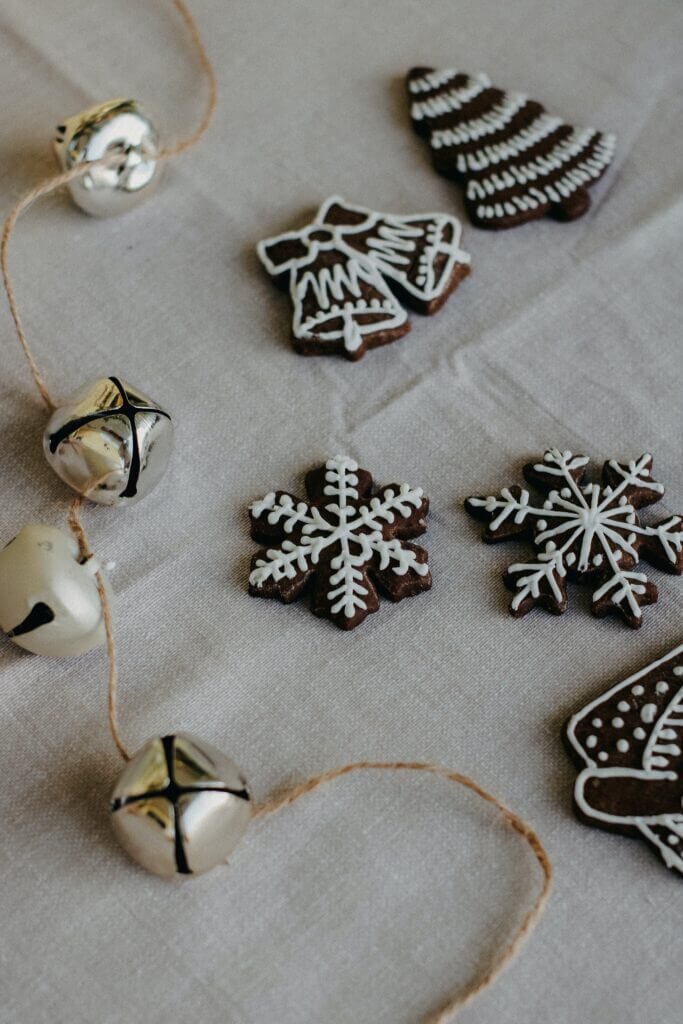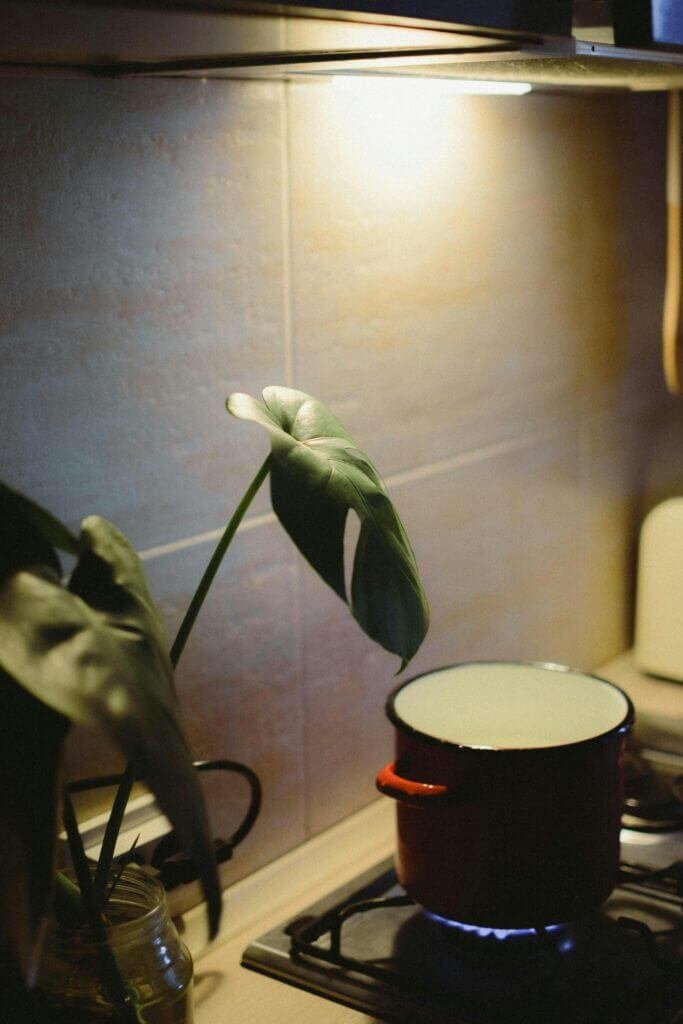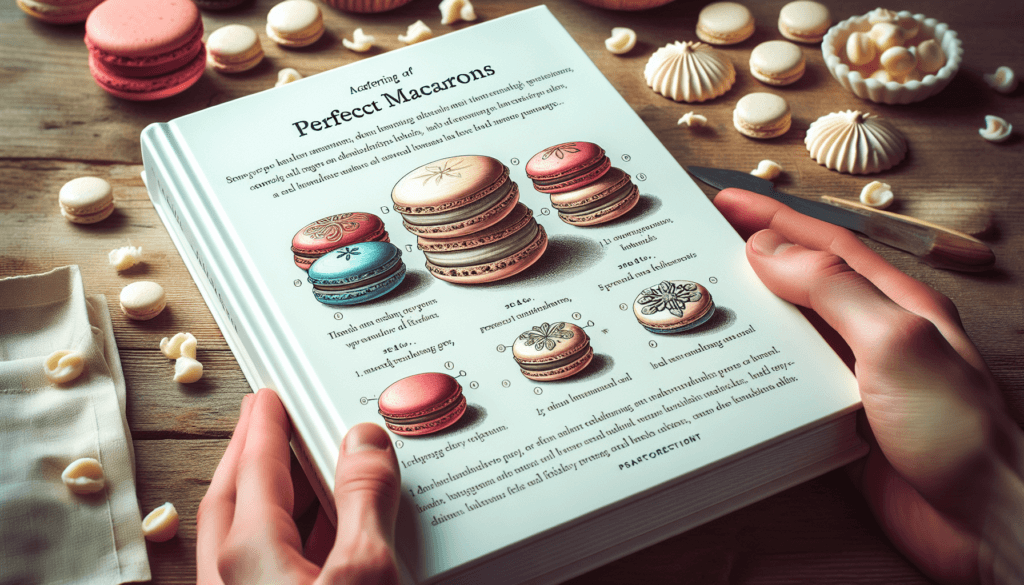If you’ve ever dreamed of creating picture-perfect macarons that are not only beautiful but also incredibly delicious, then look no further. In this article, you will discover the ultimate guide on how to master the art of making the perfect macarons. From choosing the right ingredients to mastering the delicate macaronage technique, we will take you through each step of the process, ensuring that your macarons turn out flawless every time. Get ready to impress your friends and family with your newfound macaron-making skills!

Ingredients
To make the perfect macarons, you will need the following ingredients:
Almond flour
Almond flour is a key ingredient in macarons as it provides the base for the cookie’s texture and flavor. Make sure to use a finely ground almond flour for the best results.
Powdered sugar
Powdered sugar is used in the macaron shells to sweeten and add structure to the cookies. It also helps create a smooth and delicate texture.
Egg whites
Egg whites are an essential component of macarons as they provide the structure and stability needed to create the characteristic feet of the cookies. Make sure your egg whites are at room temperature before beginning.
Granulated sugar
Granulated sugar is used to sweeten the meringue and stabilize the egg whites when creating the macaron shells. It helps create a smooth and glossy texture.
Food coloring
Food coloring is optional but adds a delightful aesthetic touch to the macarons. Use gel food coloring for vibrant and consistent colors.
Equipment
To make the perfect macarons, you will need the following equipment:
Stand mixer
A stand mixer is highly recommended for making macarons as it makes whipping the egg whites much easier and more efficient. It ensures a stable meringue and saves you time and effort.
Whisk attachment
The whisk attachment is used with the stand mixer to whip the egg whites to stiff peaks. It adds air to the egg whites, creating the lightness and stability necessary for macaron shells.
Sifter
A sifter is used to remove any lumps or impurities from the almond flour and powdered sugar. Sifting also helps incorporate air into the dry ingredients, resulting in a smoother batter.
Piping bag
A piping bag is used to pipe the macaron batter onto the baking sheets. It allows for precise and consistent shapes, ensuring even baking.
Round piping tip
A round piping tip is attached to the end of the piping bag. It helps create uniform macaron shells with a smooth and round shape.
Preparation
Before you begin making the macarons, it’s important to prepare the ingredients and equipment.
Measure and sift dry ingredients
Start by measuring the almond flour and powdered sugar accurately. Combine them in a bowl and sift them together to remove any lumps. This step ensures a smooth and fine texture in the macaron shells.
Whip the egg whites
In the bowl of a stand mixer fitted with a whisk attachment, add the room temperature egg whites. Start whipping them on low speed until frothy, then gradually increase the speed to medium-high. Whip until the egg whites form soft peaks.
Fold in the dry ingredients
Gently fold the sifted dry ingredients into the whipped egg whites using a spatula. This step is called “macronage” and is crucial for achieving the right consistency. Be gentle and thorough to ensure an even distribution of the dry ingredients without deflating the batter.
Prepare the piping bag
Fit the piping bag with a round piping tip and fill it with the macaron batter. Twist the top of the bag to secure the batter and prevent any leaks. Set aside until ready to pipe the macaron shells.
Macaronage Technique
Mastering the macaronage technique is essential for creating the perfect macarons.
Combine the meringue and almond mixture
Gently fold the whipped egg whites into the almond mixture. Start by incorporating a small portion of the meringue to lighten the mixture, then gradually add the rest. This step ensures a smooth and homogenous batter.
Keep folding until the batter reaches proper consistency
Continue folding the batter until it reaches the “macaronage” stage. The batter should be thick and flow like lava, but still hold its shape when piped. It should fall off the spatula in a ribbon-like manner. Avoid overmixing, as it can lead to flat macarons.
Test the batter’s consistency
To test the consistency of the batter, drop a small amount onto a baking sheet. If the batter spreads and flattens out, it needs more folding. If it retains its shape and creates a small peak, it is ready to be piped.

Piping and Baking
Once you’ve achieved the perfect macaron batter, it’s time to pipe and bake the cookies.
Pipe even-sized macarons
Hold the piping bag perpendicular to the baking sheet and pipe small circles, about 1 inch in diameter, onto a parchment-lined baking sheet. Space them about 1 inch apart to allow for spreading.
Tap the baking sheets to release air bubbles
After piping the macaron shells, gently tap the baking sheets on the counter a few times to release any air bubbles trapped in the batter. This step helps prevent cracks and hollow shells.
Let the macarons rest
Let the piped macarons rest at room temperature for about 30 minutes to an hour. This allows them to form a skin on the surface, which helps create the signature macaron feet during baking.
Preheat the oven
While the macarons are resting, preheat your oven to the specified temperature. The precise temperature is crucial for even baking and achieving the perfect texture.
Bake the macarons
Place the rested macarons in the preheated oven and bake for the specified time, or until they are set and easily lift off the parchment paper. The baking time may vary depending on your oven, so keep a close eye on them.
Filling Options
Once the macaron shells are baked and cooled, it’s time to fill them with delicious fillings.
Buttercream filling
Buttercream is a classic filling for macarons, providing a smooth and creamy texture. You can flavor the buttercream with various extracts, such as vanilla, almond, or citrus, to complement the macaron shells.
Ganache filling
Ganache is a rich and indulgent filling made from chocolate and cream. It adds a decadent touch to the macarons and comes in various flavors, including dark chocolate, white chocolate, and flavored ganaches like raspberry or salted caramel.
Fruit curd filling
Fruit curds, such as lemon, lime, or passion fruit, add a tangy and refreshing element to macarons. The bright flavors complement the sweetness of the cookie shells and provide a burst of fruitiness.

Flavor Variations
While traditional macarons feature almond-flavored shells, there are endless possibilities for flavor variations.
Vanilla macarons
Vanilla macarons are a classic option that pairs well with any filling. You can add vanilla extract to the macaron shells or use it in the filling for a comforting and familiar flavor.
Chocolate macarons
Chocolate lovers will delight in chocolate macarons. Add cocoa powder to the macaron batter for a rich and indulgent chocolate flavor. Fill them with chocolate ganache for an extra decadent treat.
Salted caramel macarons
For a sweet and salty combination, try salted caramel macarons. The shells can be flavored with caramel extract or caramelized sugar, and filled with a salted caramel buttercream or ganache.
Coffee macarons
Coffee macarons are perfect for coffee enthusiasts. Add instant coffee granules to the macaron batter for a subtle coffee flavor, and fill them with a coffee-flavored buttercream or ganache.
Storage and Shelf Life
To keep your macarons fresh, it’s important to store them correctly.
Storing unfilled macaron shells
If you have leftover unfilled macaron shells, store them in an airtight container at room temperature for up to 3 days. It’s best to fill them just before serving to maintain their texture.
Storing filled macarons
Once filled, macarons should be stored in the refrigerator to keep the filling fresh. Place them in an airtight container and refrigerate for up to 5 days. Allow them to come to room temperature before serving to fully enjoy their flavors.
Freezing macarons
Macarons can be frozen for longer-term storage. Place the unfilled macaron shells in an airtight container or freezer bag and freeze for up to 2 months. Thaw them in the refrigerator before filling and serving.

Troubleshooting Tips
While macarons can be a bit finicky, these troubleshooting tips can help you overcome common issues.
Macarons have cracked tops
If your macarons have cracked tops, it may be due to under-mixing or over-mixing the batter. Ensure you fold the batter enough to achieve the proper consistency, but avoid overmixing, which can lead to cracks.
Macarons have hollow shells
Hollow shells can result from underbaking or insufficient resting time. Make sure to bake the macarons until they are fully set and allow them enough time to rest before placing them in the oven.
Macarons are too flat or spread out
If your macarons spread out too much during baking, it may be due to over-mixing the batter or using a low-quality almond flour. Be sure to fold the batter gently and use a finely ground almond flour for the best results.
Presentation and Serving
Once your macarons are ready, it’s time to present and serve them in style.
Plating macarons
Arrange your macarons on a decorative platter or dessert tray for a visually appealing presentation. Consider arranging them in a pattern or color gradient for an extra touch of sophistication.
Decorating macarons
You can decorate your macarons by drizzling them with melted chocolate, sprinkling them with edible glitter or colored sugar, or adding small edible decorations. Get creative and have fun with your designs.
Serving macarons
Macarons are best enjoyed at room temperature, so let them sit out for a few minutes before serving. Encourage your guests to savor the delicate flavors and textures of the macarons.
By following these steps and tips, you’ll be well on your way to mastering the perfect macarons. Experiment with different flavors, fillings, and decorations to create your own signature macarons. Enjoy the process and share the joy of these delightful treats with your friends and family. Happy baking!



